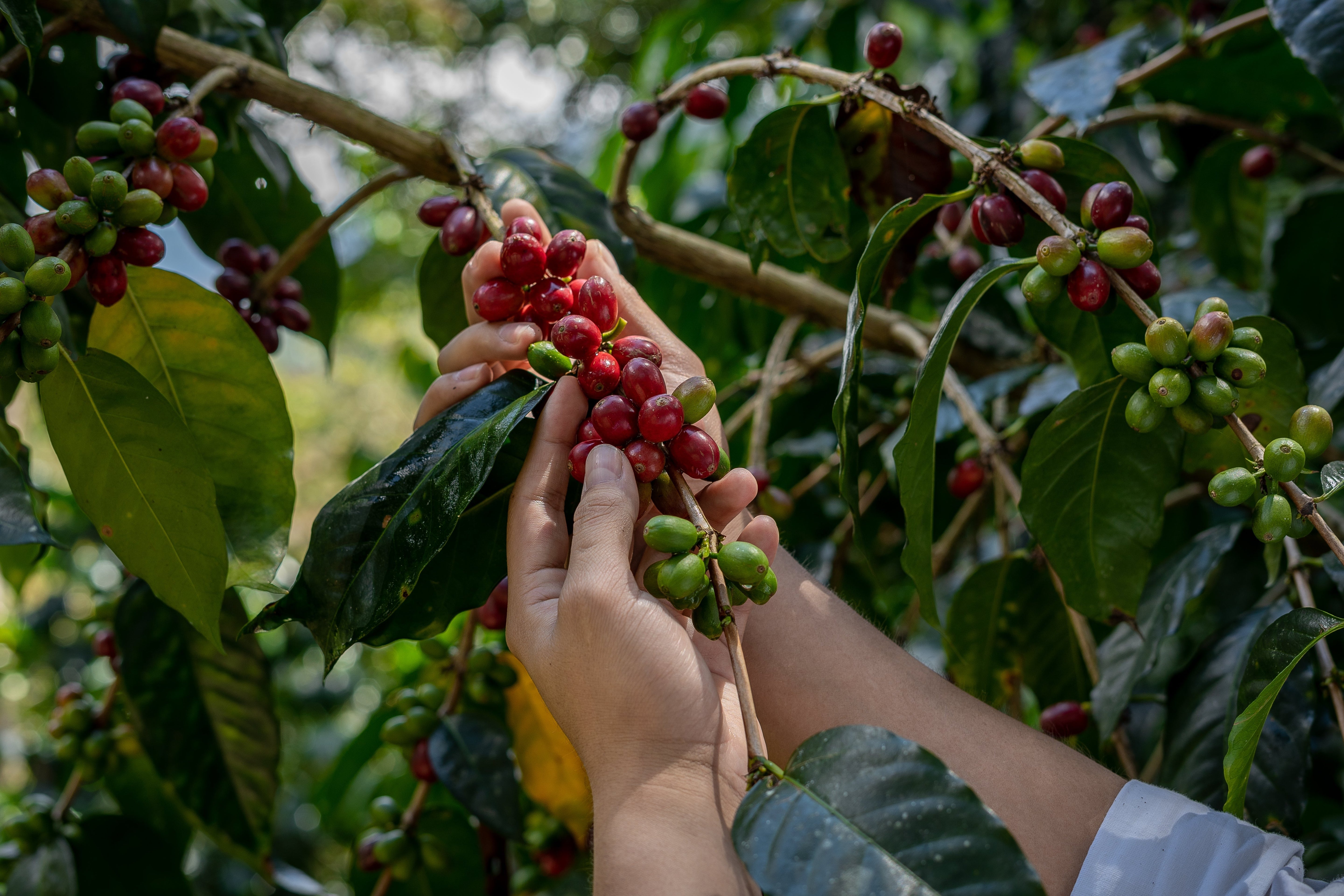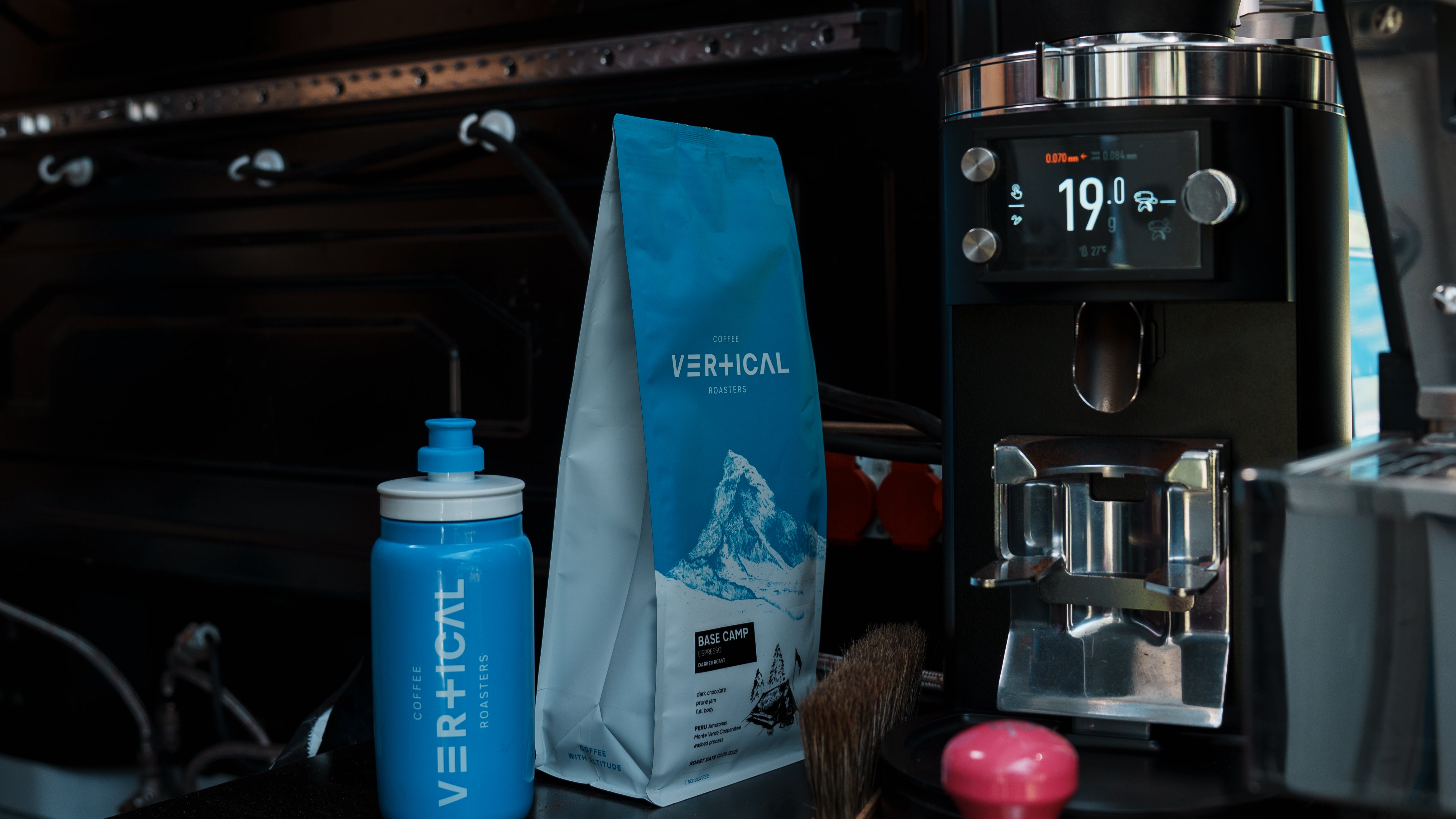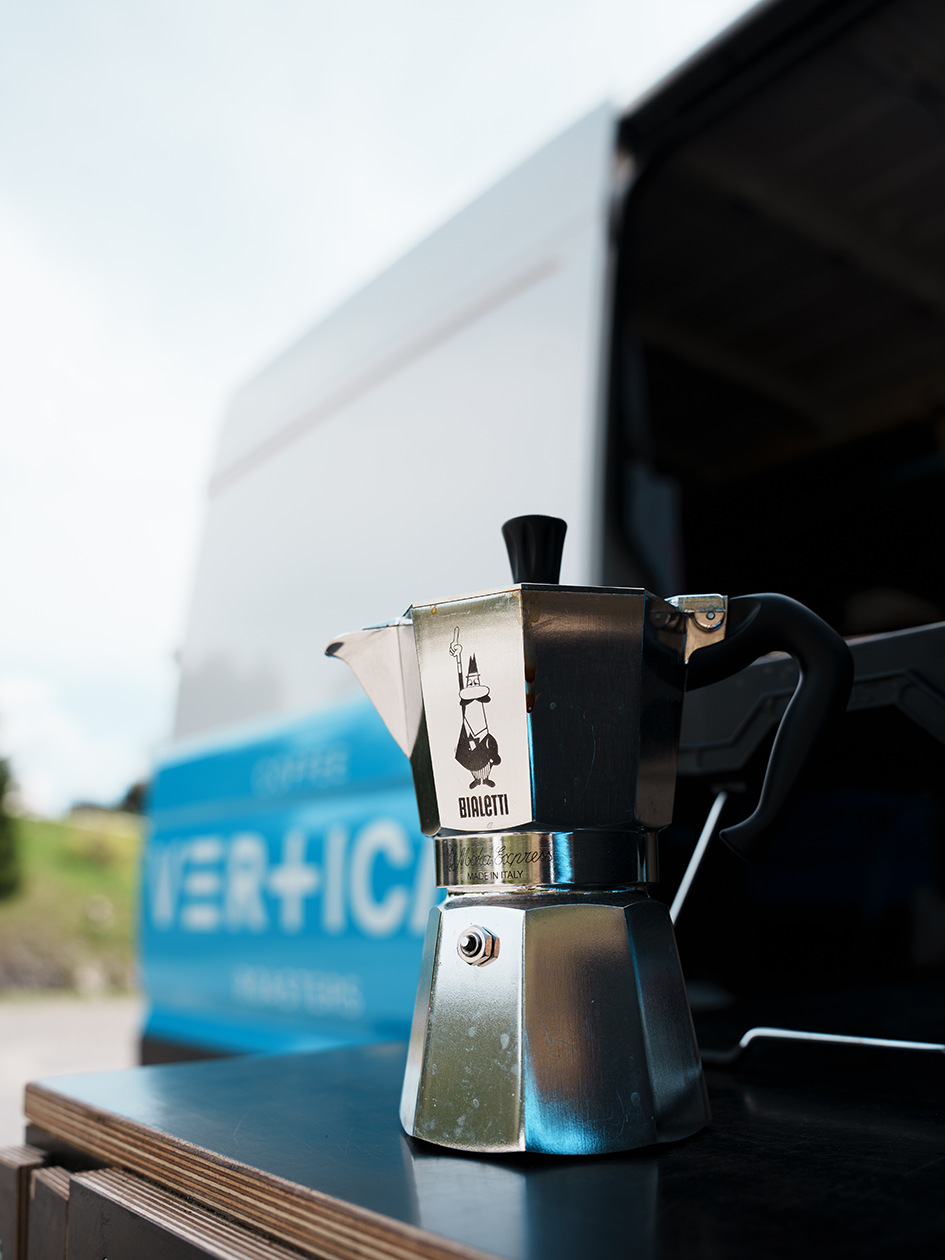Coffee ABC - A is for Arabica

A is for Arabica (Coffee) which is the most widely produced type or species of coffee, accounting for around 60-70% of worldwide production.
Arabica Coffee originated in what today is Ethiopia and is native only to this region, which means it grows in the wild and has an incredible amount of different (and uncatalogued) varieties and thus offers an immense genetic diversity. Everywhere else where coffee is grown as a crop, Arabica Coffee is a cultivated plant which originated from a handful of plants taken from Ethiopia to the botanical gardens of Amsterdam and Paris in the early 18th century and then brought across the Atlantic to Central and South America.
Sticking with the botanics, the plant "Coffea Arabica" is a shrub which grows up to more than 10m in height and takes around five years to mature and properly carry fruit. It flourishes in a tropical climate which is found in the "coffee belt" - the region between roughly 20° north and 20° south of the equator. Because the plant needs a moderate average temperature of around 20°C, it is cultivated at an altitude above roughly 600m but can prosper at elevations exceeding 2500m above sea level. Flowering is triggered by heavy rainfall following a dry period. In most coffee growing regions, there is more than one flowering - resulting in a fly crop next to the main crop. The Arabica coffee cherries (which grow from the flowers) take around 9 months to grow and mature.
The fruit of the Arabica plant is a cherry containing usually two seeds, although some carry just one which is then called a Peaberry. The seeds are removed from the cherry and dried in what we call post-harvest processing - something we will look into in a later post - eventually becoming our "coffee beans".
Within the species of Arabica, there are a few dozen different varieties which carry names like Typica, Bourbon, Caturra or SL28 which you may have read on a bag of Specialty Coffee. Some of these varieties are very old and date all the way back to the beginnings of coffee cultivation - like Bourbon, which carries the name of the royal House of Bourbon, a French dynasty - while some varieties are rather recent and stem from cross-breeding coffee plants in order to make them less susceptible to plant deseases like leaf rust. These varieties often carry rather technical names like Ruiru 11 or a frankenword like Pacamara which is a cross-breed between Pacas and Maragogype.
Arabica was long the default of coffee cultivation and kind of paved the way when it comes to global coffee consumption (hard to believe but coffee had to actually break through and become a mainstream product consumed by the masses). Due to its longer history and also its complexity, Arabica is often considered the superior coffee species (opposed to Robusta or its botanical name Coffea Canephora).
While there are very good and very poor quality coffees of both the Arabica and the Canephora species depending on cultivation and post-harvest processing, you could say that Arabica has more of many things: Starting off with genetics where Arabica has double the amount of chromosomes, to the roots where those of the Coffea Arabica go very deep in contrast to the shallow root system of Canephora, and the sugar and lipid content of which Arabica has double as much as Canephora. One of the few things where Arabica falls short(er) is the caffeine content, which is half of what you'll get from Canephora.
So what makes Arabica special? The many "mores" of Arabica make the fruit - and in effect its seed, our coffee bean - more complex. Lipids carry aromatic compounds and sugars enhance a multitude of flavours and the more we have of these, the more taste we end up with. Provided of course that the growing conditions and post-harvest processing are on spot. In the end however, it's all up to personal preference and habits.
By the way, in Specialty Coffee, we are always referring to Arabica - or a certain quality of Arabica beans. When speaking about the equivalent in Canephora, we speak of Fine Robusta.


